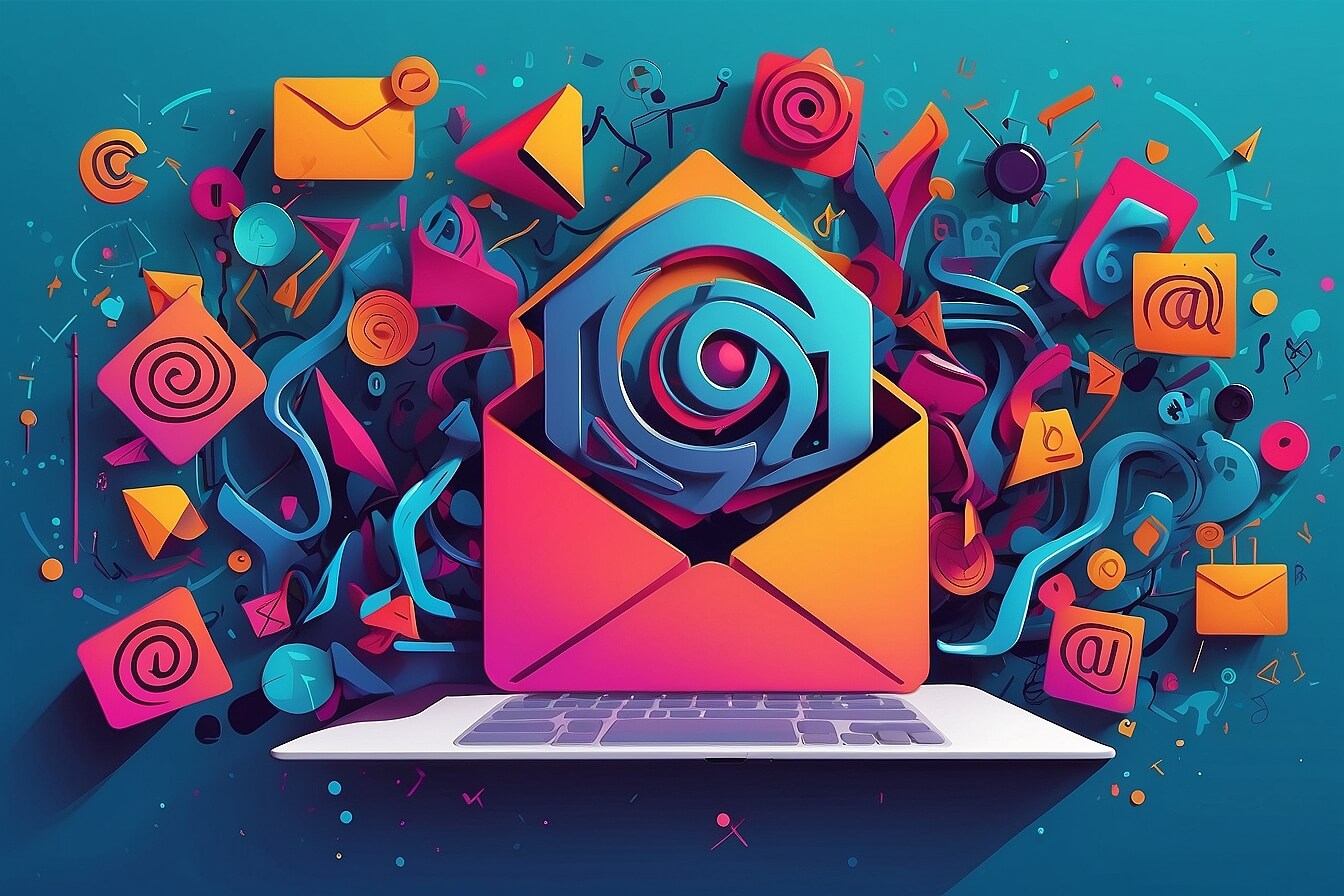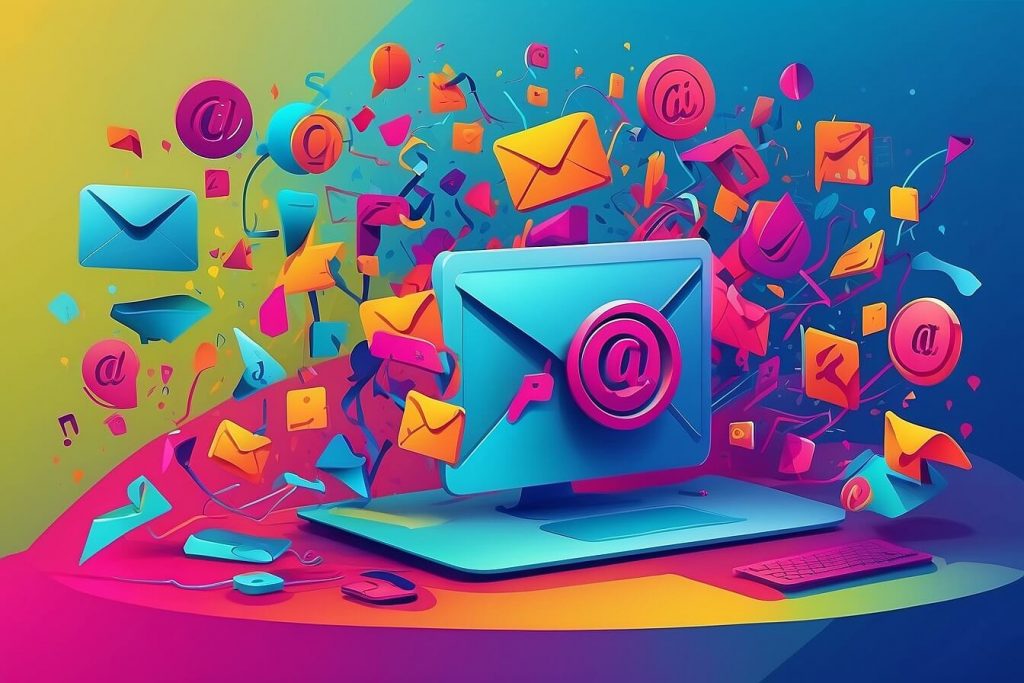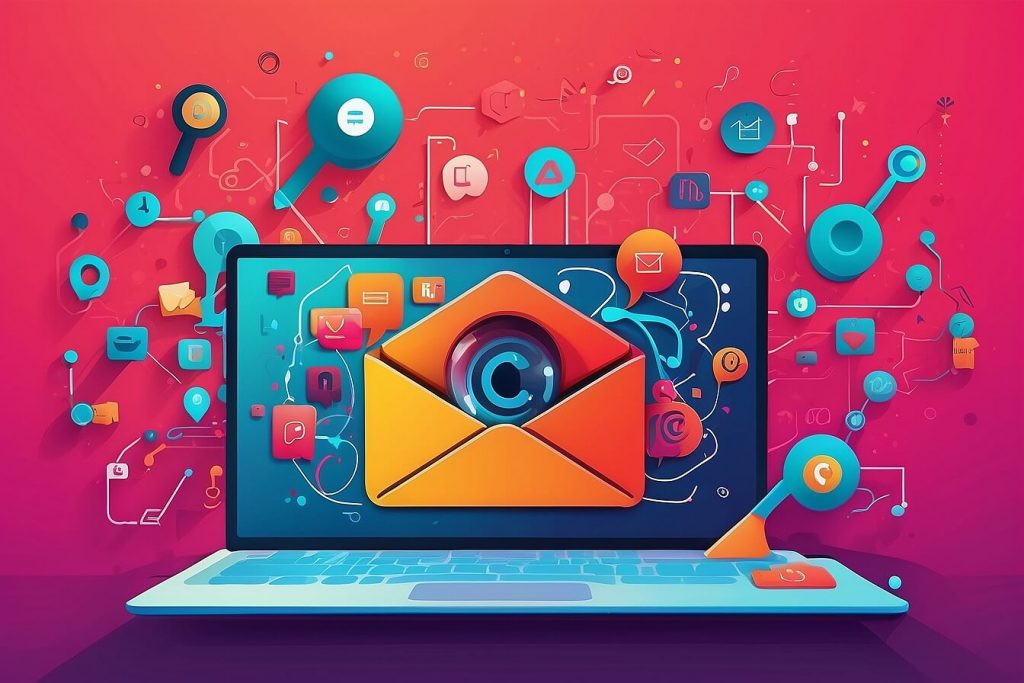The Role of Artificial Intelligence in Improving Email Delivery
With the ever-increasing reliance on email as a communication tool, ensuring effective email delivery has become a crucial aspect of any business or organization. This is where the role of artificial intelligence (AI) comes into play. AI, with its ability to analyze large amounts of data and make predictions, has emerged as a powerful tool in improving email delivery rates and enhancing overall email performance.
One of the key contributions of AI in this domain is its capability to accurately identify and filter out spam and irrelevant emails. By leveraging machine learning algorithms, AI can learn and adapt to the ever-evolving patterns of spam emails, thus significantly reducing the likelihood of such emails making it to users’ inboxes. This not only improves the overall user experience but also helps organizations maintain a positive brand image. Additionally, AI can also analyze user preferences and behavior to personalize email content, making them more relevant and increasing the chances of user engagement. Through these mechanisms, AI plays a vital role in optimizing email delivery and ensuring that messages reach their intended recipients.
Understanding the Challenges of Email Deliverability
Email deliverability refers to the ability of an email to successfully reach its intended recipient’s inbox. While it seems like a simple process, numerous challenges can affect the deliverability of emails. One of the biggest challenges is the increasing sophistication of spam filters. With the proliferation of unsolicited emails and potential security threats, email service providers have implemented stringent spam filters to protect users. However, this also means that legitimate emails can sometimes get caught in these filters, leading to reduced deliverability rates.
Another challenge is email authentication. In an effort to combat email spoofing and phishing attacks, email service providers now require senders to authenticate their emails using various protocols such as SPF, DKIM, and DMARC. However, many organizations struggle with properly implementing these authentication protocols, resulting in flagged or blocked emails. Additionally, maintaining a good sender reputation is crucial for email deliverability. This includes factors such as email engagement, complaint rates, and list hygiene. Failure to maintain a good sender reputation can lead to lower deliverability rates and even being blacklisted by email service providers. Overall, understanding these challenges is important in order to improve email deliverability and ensure that important messages reach their recipients’ inboxes.
Leveraging AI to Optimize Email Content and Design
Thanks to the advancements in artificial intelligence (AI), marketers can now leverage AI technologies to optimize their email content and design. By harnessing the power of AI, marketers can create more personalized and engaging email campaigns that resonate with their audience.
One way AI can optimize email content is by analyzing the preferences and behaviors of individual recipients. AI algorithms can process large volumes of data, such as past email interactions and purchase history, to understand each recipient’s preferences and interests. This enables marketers to tailor the content of their emails, ensuring that they are relevant and compelling to the recipient. Additionally, AI-powered design tools can automatically determine the best layout, font, and imagery for each email, enhancing its visual appeal and maximizing its impact. With AI, marketers can take their email content and design to the next level, delivering highly personalized and visually appealing messages that drive engagement and conversions.
Enhancing Email Deliverability through Intelligent List Segmentation
List segmentation plays a crucial role in enhancing email deliverability by ensuring that the right content reaches the right audience at the right time. By segmenting an email list based on factors such as demographics, preferences, and past engagement, marketers can tailor their messages to resonate with each segment. This personalized approach increases the likelihood of recipients opening, engaging with, and taking action on the emails they receive.
Moreover, intelligent list segmentation allows marketers to target specific segments that are most likely to convert or are most valuable to their business. By analyzing data and patterns, artificial intelligence algorithms can identify common characteristics and behaviors among subscribers and create targeted segments accordingly. This level of precision enables marketers to send highly relevant and valuable content, resulting in higher open rates, click-through rates, and ultimately, better email deliverability.
Utilizing AI-Powered Send Time Optimization Techniques
Understanding the most effective time to send emails is crucial for achieving optimal engagement and maximizing open and click-through rates. Traditionally, marketers have relied on trial and error or generalized data to determine the best send times. However, with the advent of AI-powered send time optimization techniques, this process has become more refined and data-driven.
By utilizing machine learning algorithms, AI can analyze the historical engagement patterns of individual recipients and identify the most likely times for them to open and interact with emails. This allows marketers to personalize the send times for each subscriber and send messages at the moment when they are most likely to be engaged. As a result, AI-powered send time optimization is a powerful tool that can significantly enhance email deliverability and drive higher response rates.
Enhancing Email Authentication and Security with AI
Email authentication and security are critical components of any successful email deliverability strategy. With the increasing threat of phishing attacks and email spoofing, businesses need robust measures to safeguard their emails and protect their brand reputation. This is where the role of artificial intelligence (AI) becomes indispensable.
AI technology offers advanced solutions for enhancing email authentication and security. It can analyze various parameters, such as the sender’s reputation, email content, and past interactions, to determine the legitimacy of an email. By employing AI algorithms, businesses can accurately identify and flag suspicious emails, reducing the risk of phishing attacks and email fraud. Additionally, AI can help in detecting and blocking potential email spoofing attempts, ensuring that only legitimate emails reach the recipients’ inboxes. By leveraging AI-powered authentication methods, businesses can enhance their email security measures and instill trust in their email communications.
Monitoring and Analyzing Email Performance with Artificial Intelligence
One of the key benefits of using artificial intelligence in email marketing is the ability to monitor and analyze the performance of your email campaigns. AI-powered systems can provide valuable insights and data that can help you optimize your email strategy. By tracking metrics such as open rates, click-through rates, and conversion rates, AI can help you understand which emails are resonating with your audience and driving the desired actions.
Furthermore, AI can go beyond basic metrics to analyze more complex performance indicators. It can perform sentiment analysis to determine how recipients are reacting to your emails and whether the overall sentiment is positive or negative. This can help you tailor your content and messaging to better align with the preferences and interests of your subscribers. Additionally, AI can analyze user engagement patterns and identify trends and patterns that can lead to more effective targeting and segmentation strategies. Overall, monitoring and analyzing email performance with artificial intelligence provides valuable insights and data-driven decisions that can enhance the success of your email marketing efforts.
Harnessing AI to Reduce Bounce Rates and Spam Complaints
One of the key challenges in email deliverability is reducing bounce rates and spam complaints. Fortunately, harnessing the power of artificial intelligence (AI) can significantly improve these metrics. AI algorithms can analyze various data points, such as user engagement, email content, and recipient behavior, to identify factors that contribute to high bounce rates and spam complaints. By analyzing these factors, AI can provide valuable insights and recommendations to optimize email campaigns and reduce the risk of emails being marked as spam or bouncing.
AI can help in several ways to reduce bounce rates and spam complaints. Firstly, it can identify invalid or inactive email addresses through data analysis and predictive modeling. By detecting these problematic email addresses beforehand, AI can help ensure that your emails are only sent to valid and engaged recipients. Additionally, AI can analyze patterns in spam complaints and identify common triggers that lead to spam classifications. This information can help marketers create more relevant and engaging content, reducing the likelihood of recipients flagging emails as spam. Implementing AI-powered solutions for reducing bounce rates and spam complaints can enhance overall email deliverability and improve the success of email marketing campaigns.
The Future of Email Deliverability: AI-driven Innovations
Advancements in artificial intelligence (AI) have been revolutionizing various industries, and email deliverability is no exception. AI-driven innovations have the potential to fundamentally transform the future of email deliverability, empowering marketers to achieve higher engagement rates and better overall email performance. By harnessing the power of AI, businesses can overcome existing challenges associated with email deliverability and elevate their communication strategies to new heights.
One significant innovation enabled by AI is the ability to predict and personalize email content based on recipient preferences. AI algorithms can analyze vast amounts of data, including customer behavior patterns, demographics, and past interactions, to determine the most relevant and engaging content for different segments of the audience. This level of personalization not only ensures that subscribers receive emails tailored to their interests but also helps marketers increase open rates and click-through rates. AI-driven innovations in email deliverability are set to transform the way businesses connect with their audience, enabling them to deliver hyper-targeted messages that resonate and drive meaningful results.
Best Practices for Implementing AI in Email Deliverability Strategy
AI has greatly transformed the field of email deliverability, offering numerous advantages to marketers and organizations. When implementing AI in email deliverability strategy, it is important to follow certain best practices to ensure optimal results. Firstly, it is crucial to thoroughly analyze and understand the data that feeds into the AI system. This includes reviewing historical email performance, recipient engagement metrics, and other relevant data points. By properly understanding and utilizing this data, marketers can effectively train the AI algorithms to make accurate predictions and recommendations. Additionally, it is recommended to constantly update and refine the AI models to adapt to changing trends and patterns in email deliverability. This iterative approach will further enhance the accuracy and effectiveness of the AI system in improving email delivery.




